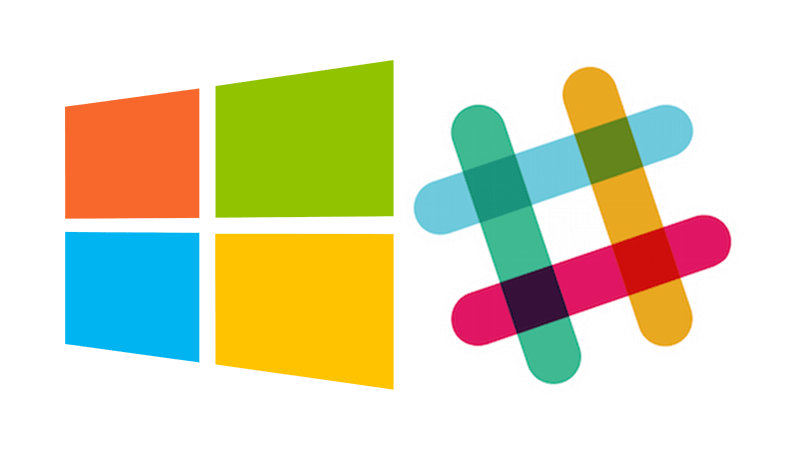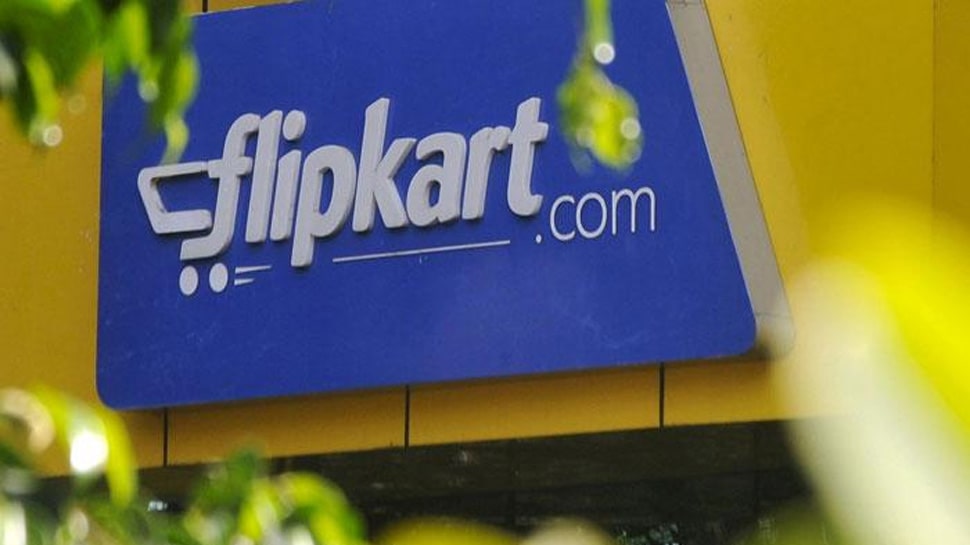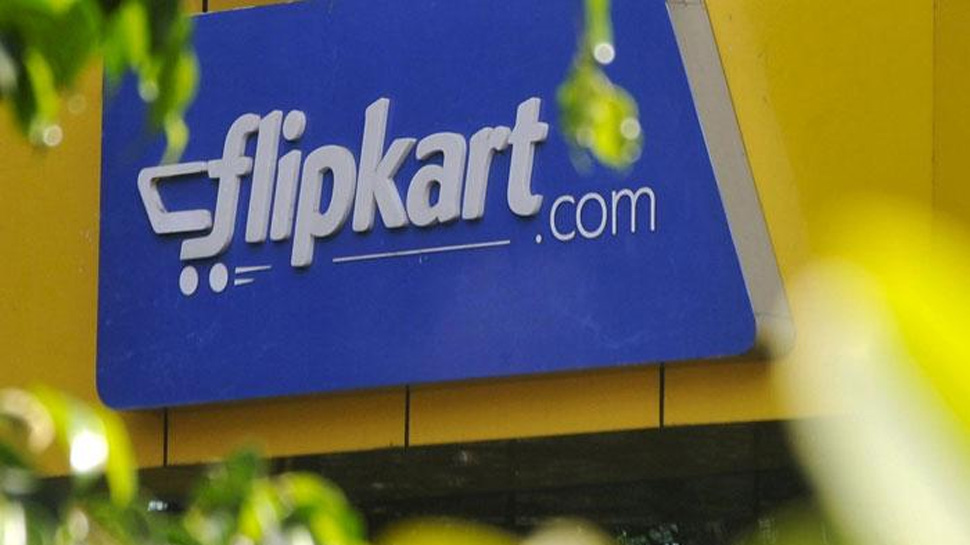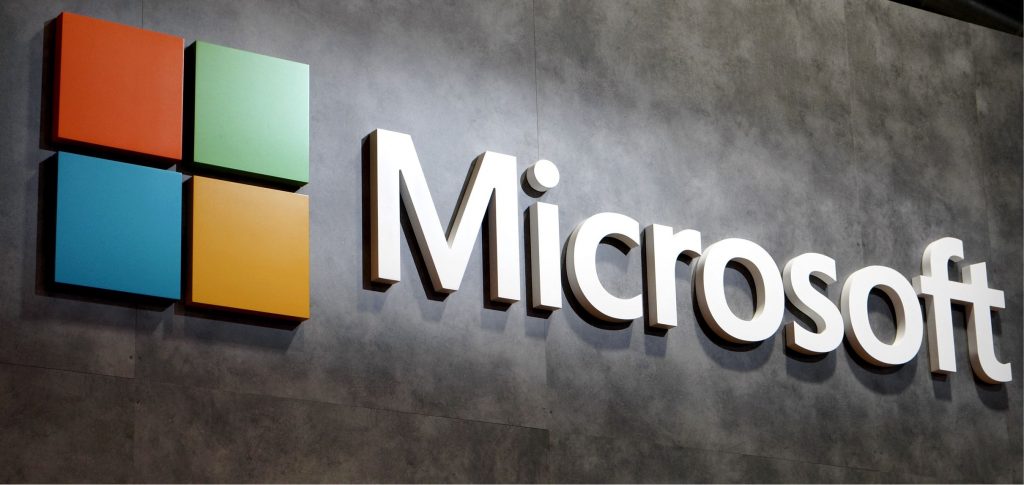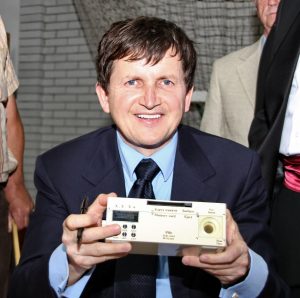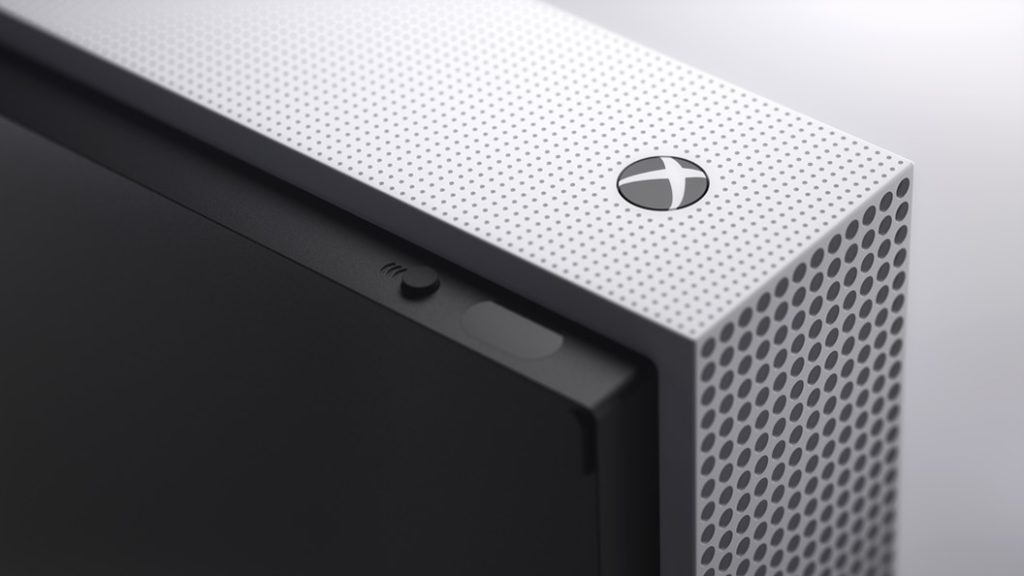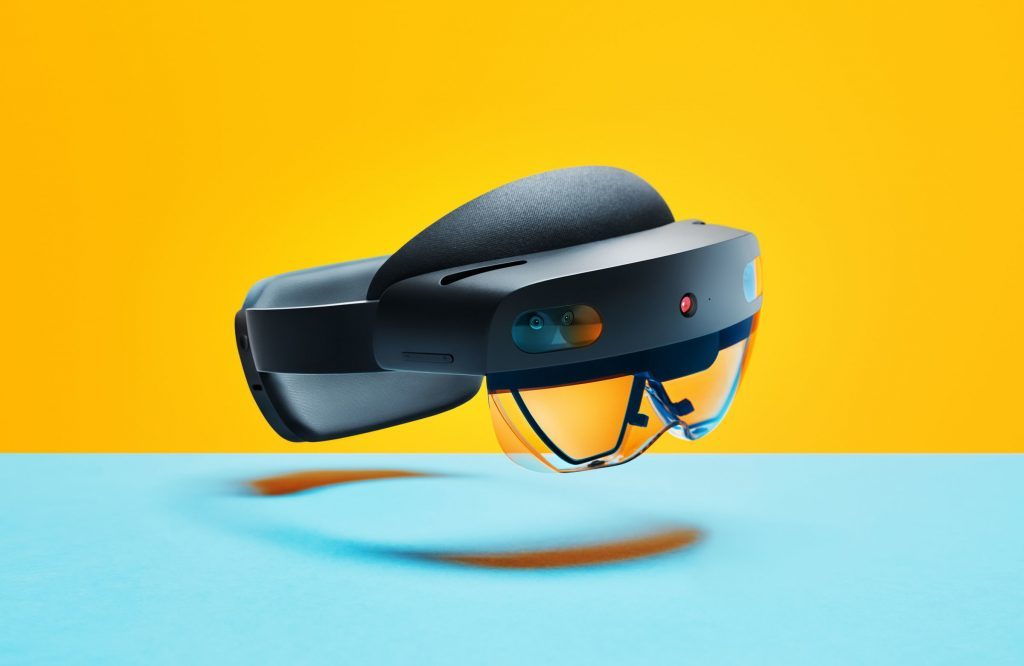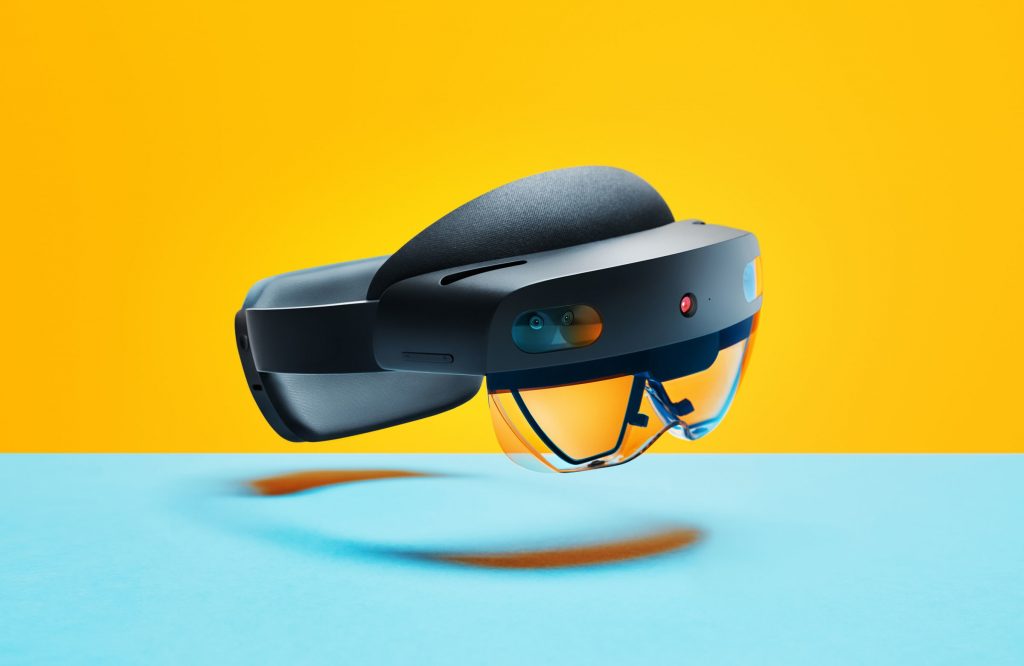Slack Working with Microsoft to Integrate Office 365 Enterprise Tools to it
Slack has been working really hard to gain more client base for its workplace messenger, and currently is serving more than 10 million daily active users. For that same matter, despite the rivalry between the two companies, Slack has joined its hands with Microsoft, to bring more enterprise productivity tools to it.
The company is working with Microsoft OneDrive and Outlook to get integrations to it, which it has been doing with other services too. Previously, it integrated the Azure Active Directory to it, and also, bought Astro to its messaging platform.

Now with Microsoft 365, Slack will have integrations like Outlook Calendar Slack app, a new option in Outlook that enables the users to directly send messages to Slack, a new option in Slack for attaching files from Microsoft’s OneDrive storage, and the ability to preview Office files including Word, Excel, PowerPoint, directly in Slack.
“We want to break down walls that might otherwise exist between apps that should work together.” said Andy Pflaum, Slack’s director of product management for interoperability.
The calendar app integration in Slack will help the Outlook users to see and schedule events, directly on Slack without leaving it. Also, the users will get the events notifications and invite to new events, directly on Slack, and the users can respond to those notifications and invites from there only. The calendar will also update the user status depending upon the availability. This integration will also provide reminders to its users to join the WebEx, Skype for Business, or Zoom video calls.
For the Outlook users, the mail integration will allow them to send emails to the Slack Channel, attach files and send direct message alongside adding a note. The platform already has the options to attach files from Google Drive and Dropbox, and now, the users will have the option to get the attachments from Microsoft’s One Drive. The option will reflect under the import files menu in Slack.
Though the two companies are in the same race of competition, and even Microsoft had mentioned Slack’s name in the list of its rivals, in its annual 10-K report, the two companies know how to gain profits even from competitions.

Yashica is a Software Engineer turned Content Writer, who loves to write on social causes and expertise in writing technical stuff. She loves to watch movies and explore new places. She believes that you need to live once before you die. So experimenting with her life and career choices, she is trying to live her life to the fullest.
